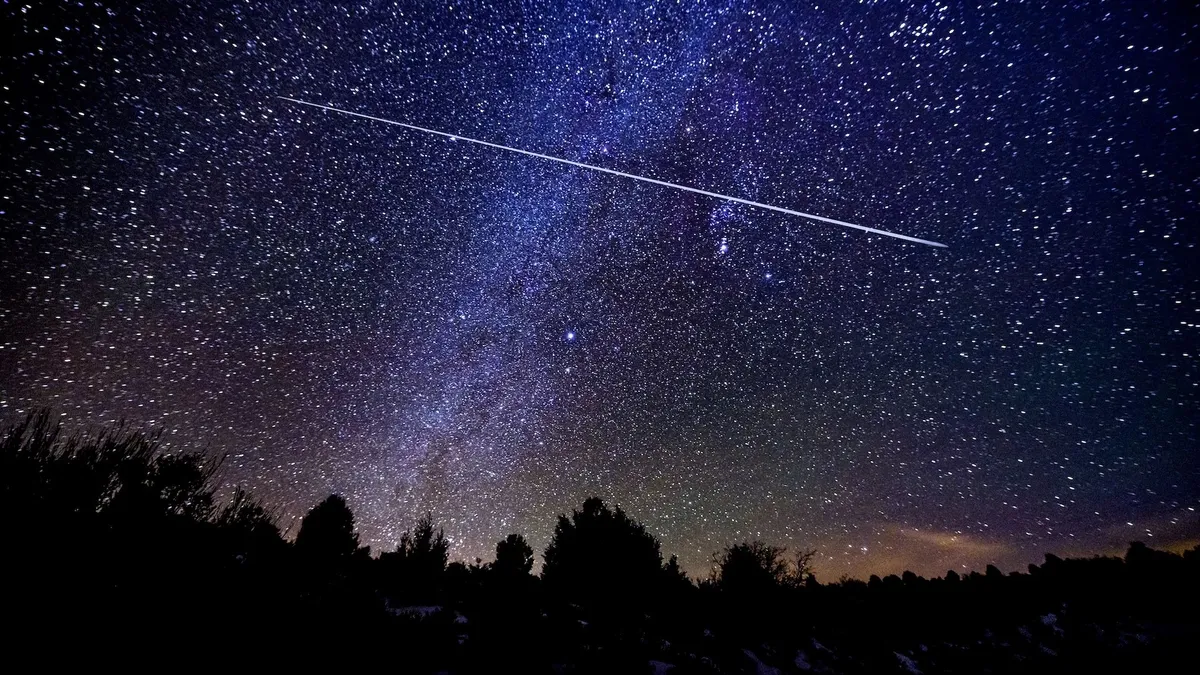
If you're planning to stargaze on the evening of October 8, don't forget to look up! The annual Draconid meteor shower is peaking, providing a unique opportunity to witness fireballs streaking across the night sky. This celestial event, while only expected to produce around 10 shooting stars per hour, is still considered a noteworthy phenomenon for skywatchers.
What makes the Draconid meteor shower particularly exciting is the potential for some meteors to be exceptionally bright and eye-catching. These meteors can leave trails that last for about a second, creating a dramatic viewing experience. Unlike most meteor showers that peak after midnight, the Draconids are conveniently timed, making them accessible for observers in the Northern Hemisphere.
The Draconids appear to originate from the constellation Draco, a large yet often overlooked constellation that spirals around Polaris, the North Star. This unique positioning makes Draco a circumpolar constellation, meaning it is visible all night long from the Northern Hemisphere. In contrast, most constellations rise and set throughout the night, peaking in visibility when the sky is darkest late at night.
This year, the full Harvest Moon, which rises just days before the meteor shower, may affect visibility. The brightness of the moon can wash out the night sky, making it challenging to see all but the brightest meteors. As a result, only the most luminous fireballs will likely be visible against the illuminated backdrop.
The source of the Draconid meteors is Comet 21P/Giacobini-Zinner, which orbits the sun every 6.5 years. As this comet travels through the inner solar system, it leaves behind tiny bits of icy debris. When Earth passes through this debris trail, we experience the Draconid meteor shower, offering a glimpse into the remnants of this fascinating celestial body.
On top of the Draconid meteor shower, there is an exciting possibility of seeing intense northern lights on October 8. Geomagnetic storms, which can create stunning auroral displays, are more likely shortly after the equinox, which occurred on September 22. This increase in geomagnetic activity is attributed to the alignment of Earth's magnetic field with the solar wind, making early October a prime time for auroras.
As meteor shower predictions can change rapidly, it's a good idea to keep an eye on resources like NOAA's 30-minute forecast and skywatching websites such as SpaceWeatherLive.com. These platforms can provide real-time updates and forecasts, ensuring you don't miss out on this spectacular skywatching event.